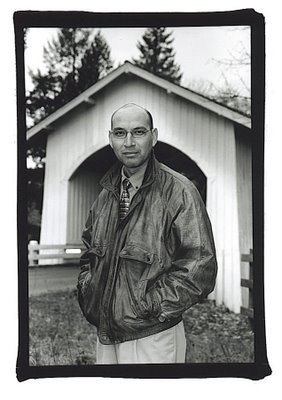Perspective
Perspective is an ambiguous word. Simply glace at any dictionary and you’ll find at least three different definitions for this term. But as far as photography and the 15 elements of composition are concerned, it has really only one true meaning: perspective deals with how the sizes of different objects at different distances appear to the photographer, or more importantly, the viewer, and determine the sensations of volume, space, and depth of an image. In other words, it's the way real three-dimensional objects are perceived in a two-dimensional plane, thus allowing the photographer the luxury of manipulating the space and distance by either expanding or compressing these factors controlling the sense of scale and relative importance of subjects within a picture.
Perspective is not a function of lens focal length, but rather, a function of the distance of objects from the lens. The human eye judges distance by the way elements within a scene diminish in size, and the angle at which lines and planes converge–this is called linear perspective. When the focal length of a lens is changed but the lens-to-subject distance remains unchanged, there is a change in the image size of the objects, but no change in perspective. On the other hand, when the lens-to-subject distance and lens focal length are both changed, the relationship between objects is altered and the perspective is changed, and this creates the illusion of depth or shallowness and serves to accentuate specific features of an image.

Every successful photographer draws upon their own unique perspective when conceptualizing their work, and they understand that perspective is really a function, not of focal length, but of how they use that focal length.



0 Comments:
Post a Comment
<< Home